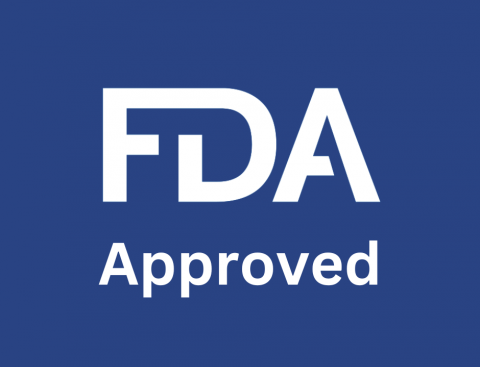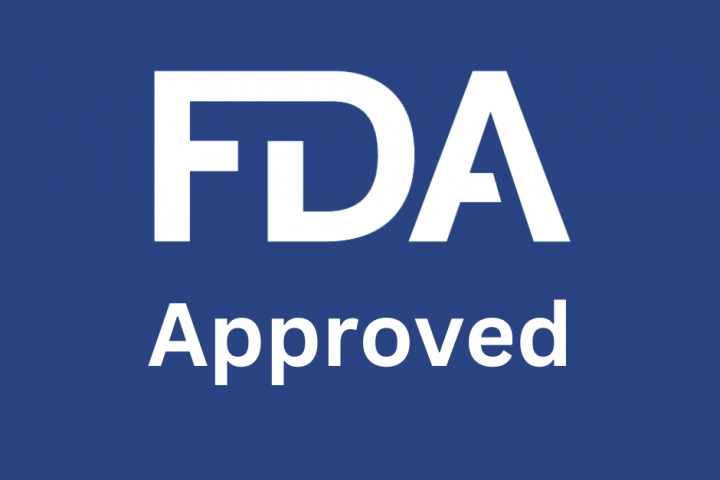By: Dr. Anish Shah
Bronx-Lebanon Hospital; Bronx, NY
On April 23, 2024, the U.S. Food and Drug Administration granted approval for lutetium Lu 177 dotatate (Lutathera, Advanced Accelerator Applications USA, Inc., a Novartis company) for pediatric patients aged 12 years and above diagnosed with somatostatin receptor (SSTR)-positive gastroenteropancreatic neuroendocrine tumors (GEP-NETs), including foregut, midgut, and hindgut neuroendocrine tumors. This constitutes the first FDA approval of a radiopharmaceutical for pediatric patients aged 12 years and older with SSTR-positive GEP-NETs.
Study ID: NCT04711135, NCT01578239
The approval was based on the pharmacokinetic (PK), dosimetry, and safety data frombNETTER-P, an ongoing, international, multi-center, open-label, single-arm study ofblutetium Lu 177 dotatate in adolescent patients with locally advanced/inoperable or metastatic SSTR-positive GEP-NETs or pheochromocytoma/paraganglioma (PPGL). The efficacy outcomes observed in NETTER-1, a randomized multicenter open-label active-controlled trial in 229 patients with locally advanced/inoperable or metastatic SSTR-positive midgut carcinoid tumors, were also extrapolated to support this approval.
The recommended dosage of lutetium Lu 177 dotatate is 7.4 GBq (200 mCi) administered every 8 weeks (± 1 week) for a total of 4 doses. Premedications and concomitant medications should be administered as recommended. A post-marketing requirement has been issued to assess the long-term safety of lutetium Lu 177 dotatate in adolescents.
Safety was assessed in 9 pediatric patients participating in NETTER-P, including 4 patients with GEP-NETs. The major outcome measures were absorbed radiation doses in target organs and the incidence of adverse reactions after the first treatment cycle. Additional outcome measures included short-term adverse reactions following treatment with lutetium Lu 177 dotatate. The adverse reaction profile observed in NETTER-P was similar to that observed in adults.





